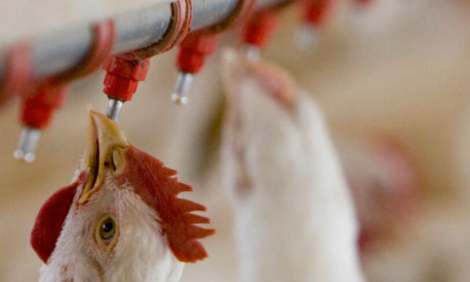



Tobacco plays role in cultivated meat production
Tobacco plants produce ingredients that promote cell growthIsraeli startup BioBetter is repurposing tobacco plants to produce ingredients that promote cell growth in a step that could remove one of the biggest obstacles to large-scale lab meat manufacturing, reported Reuters.
Cultivated meat, which is grown from animal muscle cells in a laboratory, has been getting a lot of attention as a way to address climate change by cutting energy, land and water use in the meat industry.
But unlike plant-based substitutes, popularised by the likes of Beyond Meat and Impossible Foods, cultivated meat technology remains niche due to hurdles including availability of so-called meat cell growth factors, which are difficult to produce.
To solve this problem, BioBetter is inserting the relevant gene sequences into tobacco cells to "teach" them to produce the cell growth factors - a technology called recombinant DNA that is also used in other areas such as medical insulin production.
BioBetter chose tobacco as it can reach up to four growth cycles annually, can be harvested all year and cannot be used as food due to its bitter taste, Chief Executive Amit Yaari said.
"The global trend for reducing tobacco smoking is raising concerns among tobacco growers that the crop might eventually become obsolete. Yet the tobacco plant has huge potential to become a key component in the future of food," Yaari said in a statement.
Currently, growth factors - insulin and transferrin (a type of protein) - are collected from livestock, making it difficult to obtain large quantities. They can also be produced by fermentation of yeast or bacteria, but these methods require expensive facilities and a complicated purification process.
"The Good Food Institute determined that approximately a 100-fold reduction in insulin and transferrin costs is required to make cultivated meat economically viable," said BioBetter co-founder Dana Yarden.
The Good Food Institute promotes plant and cell based alternatives to animal products.
Using tobacco plants in large-scale production in open fields could make it possible to exceed that goal four times, the company said.









